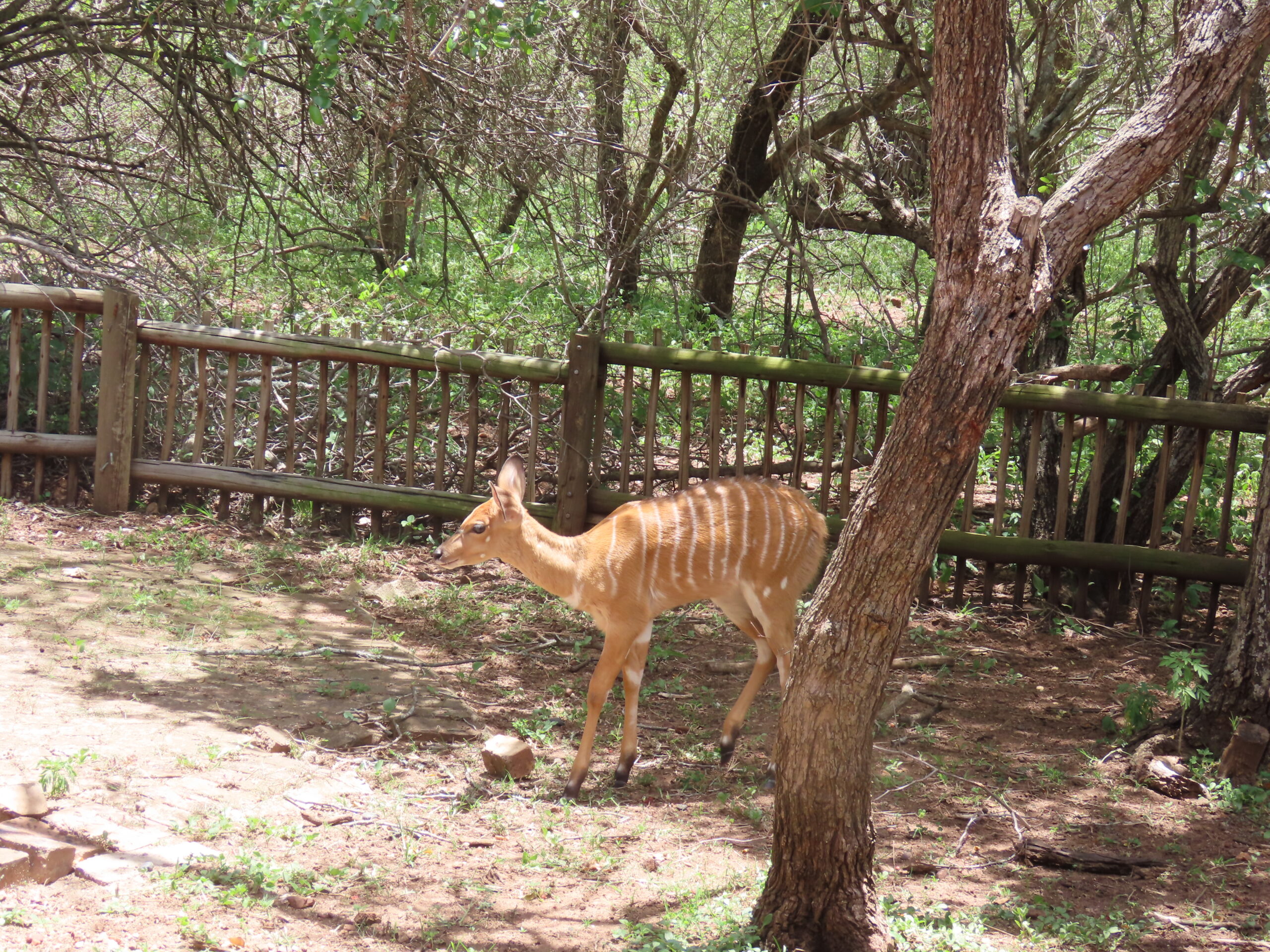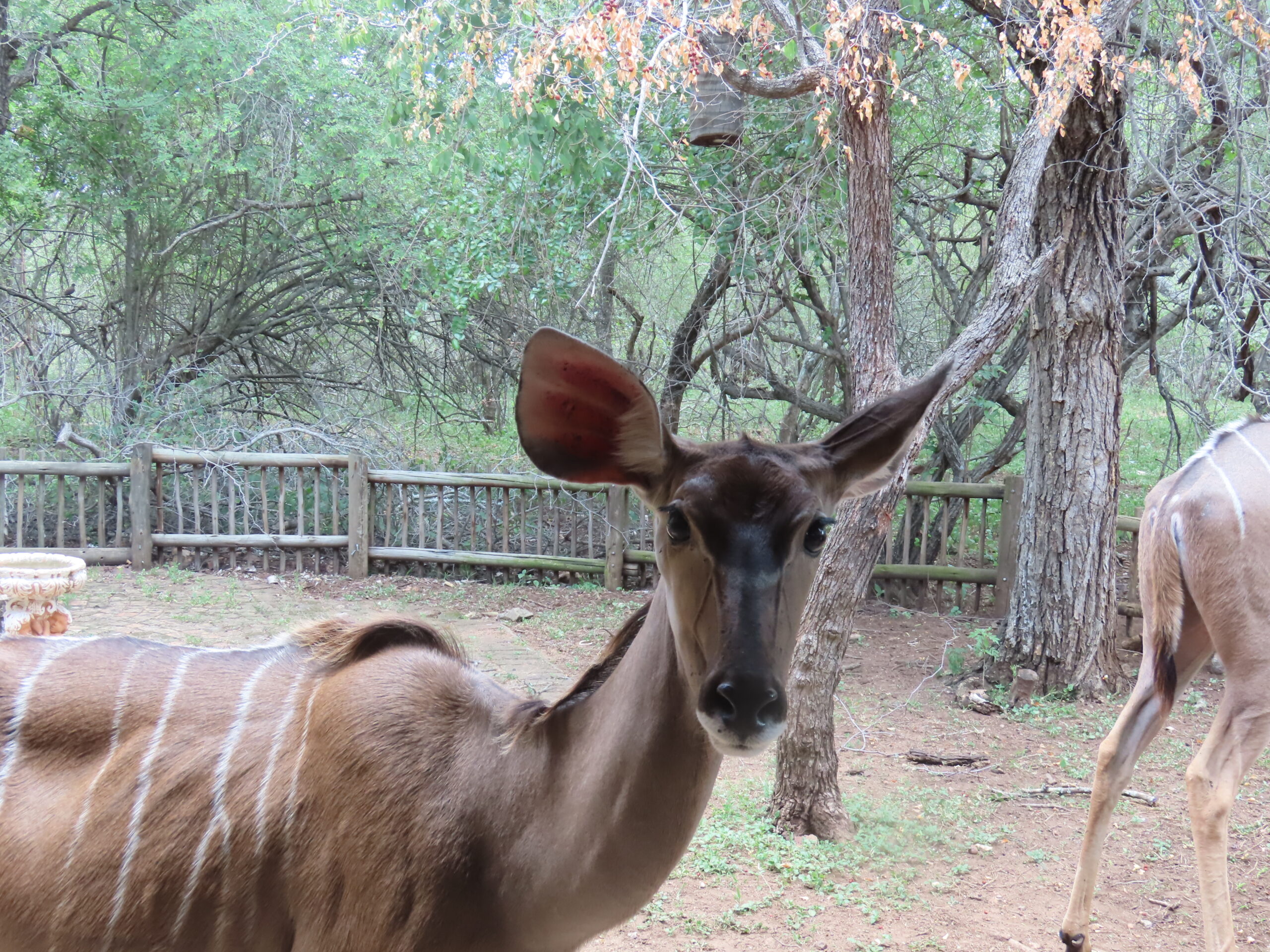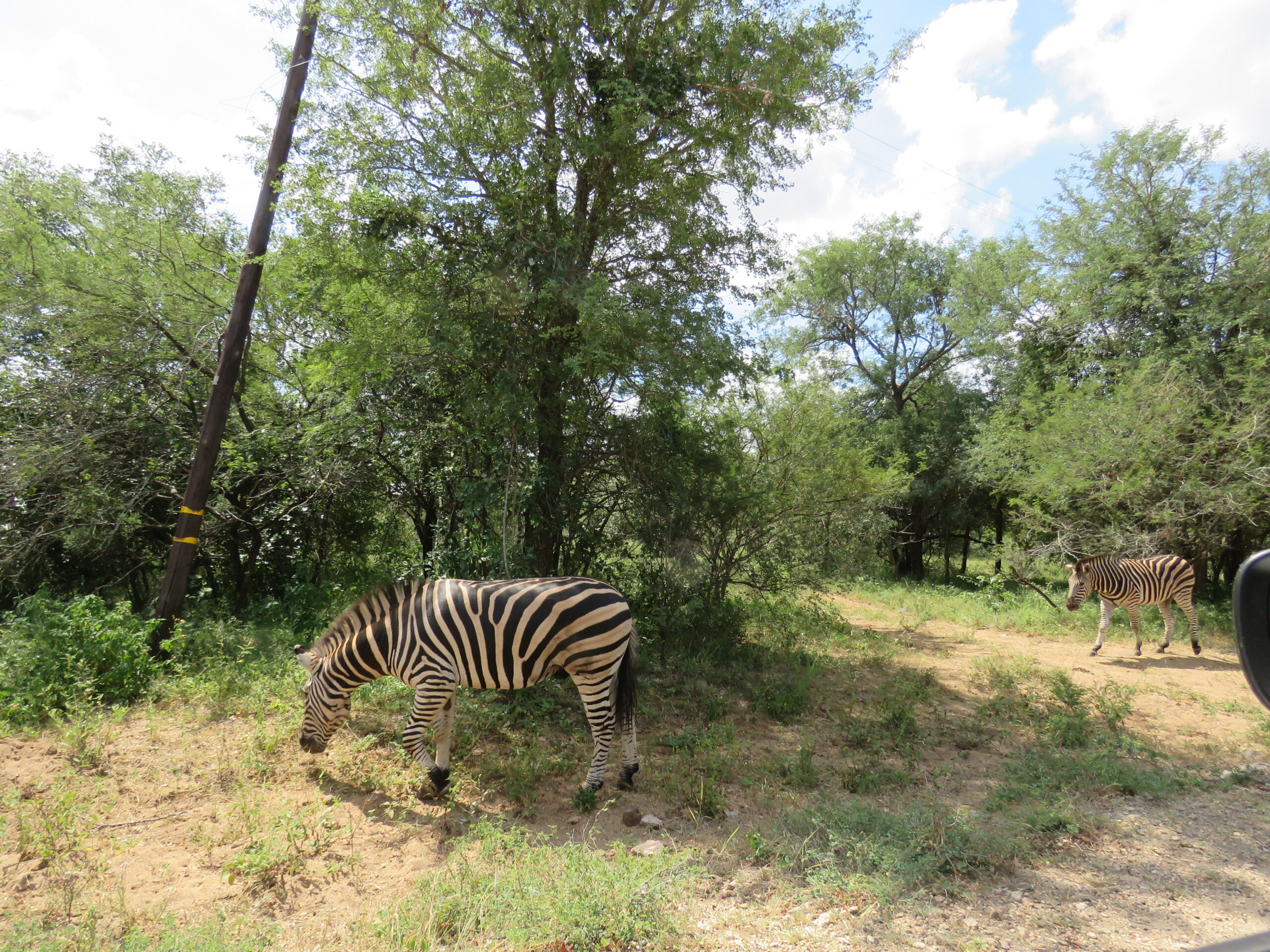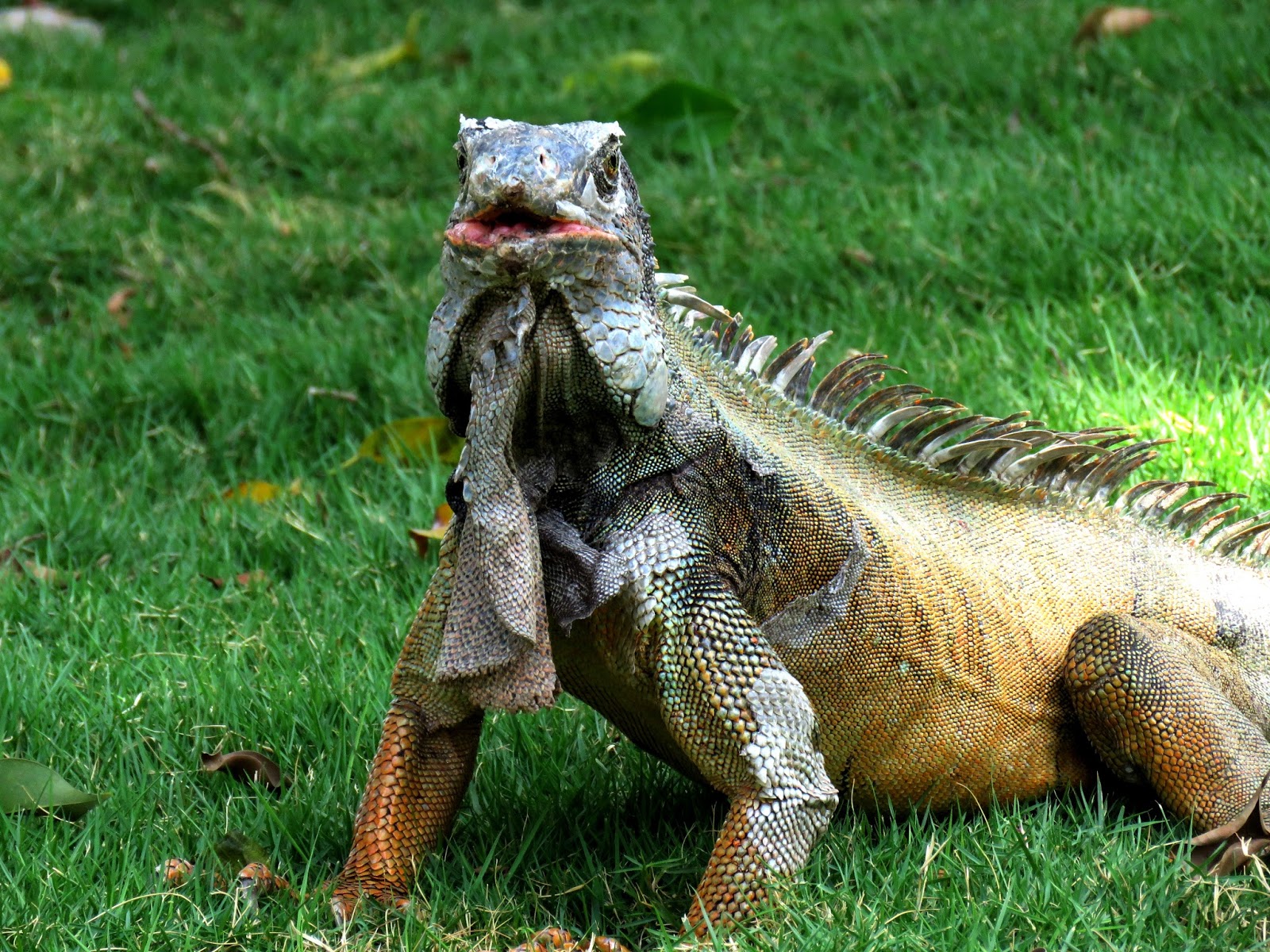
Yesterday, the following article popped up on my phone. After reading this, we both wondered, as we have in the past, if there was a total blackout in South Africa and how it would impact us. Our biggest concern would be figuring out a way to leave the country when most likely, the airports would be closed, especially if we couldn’t be online to conduct research for possible flights.
Of course, we could make ourselves stressed by worrying about this possibility, but we have decided to go about our lives, knowing that we’ll be leaving in five months. No doubt, we’d be concerned for the friends we’ll have left behind and how they will function in such a dire situation. It’s beyond our comprehension.
There’s always hope on the horizon, as described in the article below from this site (text copied verbatim):
US Government warning about Eskom — time to think about total grid collapse
The United States Government has advised its stakeholders in South Africa to start thinking about disaster management plans for a total collapse of Eskom’s power grid.
Although a blackout remains unlikely, the risk has increased due to how unreliable Eskom’s coal fleet has become. This is evident by the higher levels of load-shedding South Africa is experiencing. The consequences of a total blackout would also be devastating, making it worth preparing for even if the likelihood is low. The US Overseas Security Advisory Council (OSAC) convened a meeting with stakeholders last week to discuss business security concerns surrounding Eskom and load-shedding.
Representatives from several large US-based corporations with operations in South Africa and large local companies participated in the meeting. MyBroadband has viewed a recording of the meeting. After speaking to one of the participants, we learned they were all asked to agree to the Chatham House Rule.
It should be noted MyBroadband was not a party to the agreement. However, we chose not to identify any participants by name to avoid them being punished for speaking their minds. A US Government minerals and energy expert focusing on South Africa said that they are still not very worried about a total blackout.

“I have a lot of faith in Eskom System Operators. I think they really know what they’re doing,” they said.
“But when you start to get this level of load-shedding, and the amount of power plants that are tripping, I think it’s something we need to start thinking about.”
They said that although a total blackout presents several dangers, the primary threat is the time it takes to bring a system back up from that total collapse.
“Eskom estimates, in the best case scenario, it would take 6–14 days to restart the power grid,” the official said.
South Africa’s grid topology makes a “black start” like this challenging because it’s so spread out and because Eskom is in a power island.
“There are a few feeder lines from other countries, but not enough to help with a black start situation,” the US Government official said.
“To start one unit at Medupi would require a 60-megawatt generator. It’s massive power to get a Medupi unit started.”
Citing an Eskom presentation, they said the power utility believes there would be looting and civil unrest if the grid collapses. They quoted an unnamed individual as saying, “What’s left after a blackout would be what was left after a civil war.”
The official emphasised that Eskom was talking about the ruinous consequences of a blackout to illustrate why load-shedding is critical. Eskom has repeatedly explained that load-shedding is necessary precisely to prevent a total collapse of the grid. Gauteng residents may have an advantage over the rest of the country due to the density of the electricity network in the province. However, the US Government official said Eskom would not confirm how long it would take to bring Pretoria back online after a blackout.
Eskom has publicly stated that it would have to restart the system in islands, beginning with the interior network.
“I think our power in Gauteng would come back faster, but that’s just supposition,” the official said.

Network outages, water shortages
Major considerations for organisations developing blackout plans is the eventual failure of South Africa’s telecommunications networks, and water and fuel shortages. The official said Eskom told them in 2021 that mobile sites would be available for 2–4 hours, and to expect telecommunications backbone failure within 8 hours. They acknowledged that this information was old and the backup power situation had likely improved since then.
Based on feedback MyBroadband has received from South Africa’s network operators, fibre networks will be able to operate for some time, provided that data centres and Internet exchange points can remain powered. However, batteries at cellular sites will start running empty after 4–6 hours, severely impacting mobile communications in South Africa.

“Water reserves would be severely impacted. There would be no sewage pumps,” the US Government official warned.
“Data centres and power stations could run out of water.”
While there are 48-hour water guidelines for municipalities, they don’t all have them.
“Liquid fuel would be a challenge for everybody. Eskom would [also] have a hard time getting liquid fuel to their [open-cycle gas turbines],” they said.

The US Government warned attendees that they would be unable to rely on South Africa’s national security structures as they would be stretched too thin. One attendee from a major South African financial institution added to this, saying that any disaster management plan could not rely on the government at all.
“If any mitigation plan has any reliance on the state, you’ve got a very poor mitigation strategy in place,” they said.
All of us here in South Africa continue with a high level of frustration over the ongoing power outages. Right now, as I write this, the power is out, and it’s not during a period of scheduled load-shedding. An outage isn’t scheduled until 1:00 pm, 1300 hrs. After researching online, it appears there is a problem at the “Main sub in Komati. Eskom locals on site, waiting for Eskom people from Nelspruit to assist.”
It could be hours before we have any power today. Since we got the new clothes dryer over a week ago, we’ve yet to have a single load that can dry fully. We’re back to hanging clothes on the rack. TIA. Life in the bush.
Be well.
Photo from one year ago today, January 21, 2022:







































